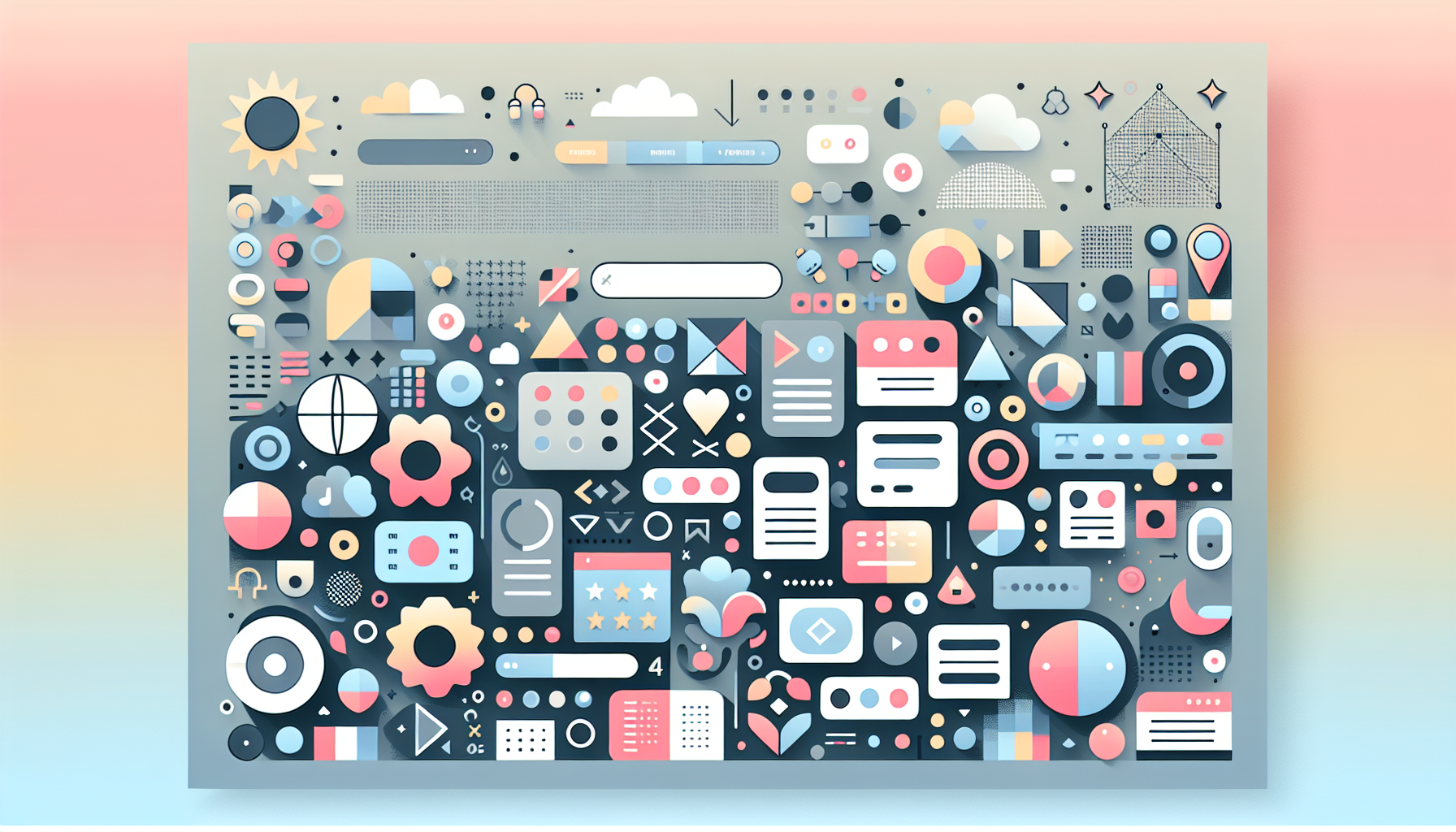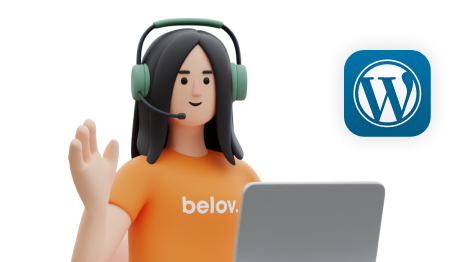
Enhancing User Experience with Mega Menus
In the realm of web design, navigation is a critical component that can make or break the user experience. For large websites with extensive content, traditional dropdown menus often fall short, leading to the need for more sophisticated navigation solutions. This is where mega menus come into play.
What are Mega Menus?
Mega menus are expanded and enhanced versions of traditional dropdown menus. They are triggered by a simple hover or click action and provide a spacious, organized layout that can accommodate a full-fledged navigation panel with categories, images, and even interactive elements.
Benefits of Mega Menus
Mega menus are particularly beneficial for larger sites that need to display a wide range of products, services, or information without overwhelming the user. Here are some key benefits:
- E-Commerce Websites: Mega menus allow e-commerce sites to showcase diverse product categories and subcategories at a glance, enhancing the shopping experience. For example, the Adidas website features a straightforward yet efficient mega menu that organizes a wide array of products into easily navigable lists.
- News and Media Sites: These menus help organize numerous sections, making it easy for readers to find their preferred topics swiftly.
- Institutions: Banks, medical centers, universities, and other organizations with a larger web presence can use mega menus to spotlight important content, promotions, and features all at once.
Best Practices for Designing Mega Menus
To ensure that your mega menu design is intuitive and engaging, follow these best practices:
Logical Categorization
Organizing menu items into logical categories makes it intuitive for users to locate any information they need. Group related items together and consider the natural flow of navigation. For instance, the H&M online store features a user-friendly mega menu where hovering over main categories reveals detailed subcategories, each section neatly divided to avoid clutter.
Responsive Design
Mega menus should be adaptable to different screen sizes, ensuring a seamless experience on desktops, tablets, and smartphones. The Visme mega menu, for example, is optimized for seamless navigation on mobile devices and smaller screens.
Clarity and Organization
Ensure the mega menu’s content is well-organized with clear headings and logical groupings that help users quickly understand their options. The Oracle Database website’s mega menu spans the entire page to present numerous options at once, eliminating the need for scrolling and ensuring that deep content is easily accessible.
Accessibility
Implement accessibility standards, such as keyboard navigability and ARIA roles, to make mega menus usable for everyone, including people with disabilities.
Simplicity
While mega menus can display more information than standard dropdowns, it’s important to avoid overcrowding. Keep options concise and to the point. The Puma mega menu is an excellent example of an effective dropdown menu that maintains a clean and modern appearance despite the abundance of links.
Visual Hierarchy
Use typography, color, and spacing to establish a visual hierarchy that guides users to the most important or commonly used items. The Bobbi Brown Cosmetics mega menu effectively handles a wide range of products and uses colors strategically to highlight key information, enhancing the user experience.
Real-World Examples
Several websites exemplify the effective use of mega menus:
- Adidas: Their mega menu organizes a wide array of products into easily navigable lists and is responsive, adapting to various desktop screen sizes.
- H&M: The mega menu is clear and concise, with each section neatly divided to avoid clutter.
- Canva: The extensive mega menu offers seamless navigation to various tools and resources, including links to the design canvas, ready-made templates, pricing plans, and educational content.
- Upwork: The mega menu excels with its innovative use of remote tabs that dynamically update content, integrating image boxes as interactive elements.
Implementing Mega Menus on Your Website
If you’re considering implementing a mega menu on your website, here are some steps to follow:
- Assess Your Content: Determine if your website has a wide range of content that would benefit from a mega menu. If you have numerous categories and subcategories, a mega menu could be the right choice.
- Choose a Plugin or Theme: For WordPress users, there are several plugins and themes available that support mega menus. For example, you can use the “Max Mega Menu” plugin, which is highly customizable and responsive.
Max Mega Menu Plugin - Design and Test: Design your mega menu with the best practices mentioned above in mind. Test it on different devices to ensure it is responsive and user-friendly.
Conclusion
Mega menus are a powerful tool for enhancing the navigation and user experience on large websites. By following best practices such as logical categorization, responsive design, clarity, and simplicity, you can create a mega menu that guides users effortlessly through your site’s extensive content.
If you’re looking to refine or redesign your website’s navigation, consider reaching out to a professional web development agency like Belov Digital Agency for expert guidance and implementation.
For hosting solutions that can support the demands of a website with a mega menu, consider using a reliable service like Kinsta, which offers high-performance hosting optimized for WordPress sites.
By investing in a well-designed mega menu, you can significantly improve your website’s usability and user engagement.
Additional Resources
- Web Design Best Practices: For more insights on web design and navigation, check out the resources available on the Nielsen Norman Group website.
- WordPress Development: If you need help with WordPress development or optimization, visit the Contact Us page at Belov Digital Agency.
- UI Design Tools: For designing and prototyping your mega menu, consider using tools like Mockplus or Figma.
By leveraging these resources and best practices, you can create a mega menu that enhances your website’s navigation and overall user experience.













